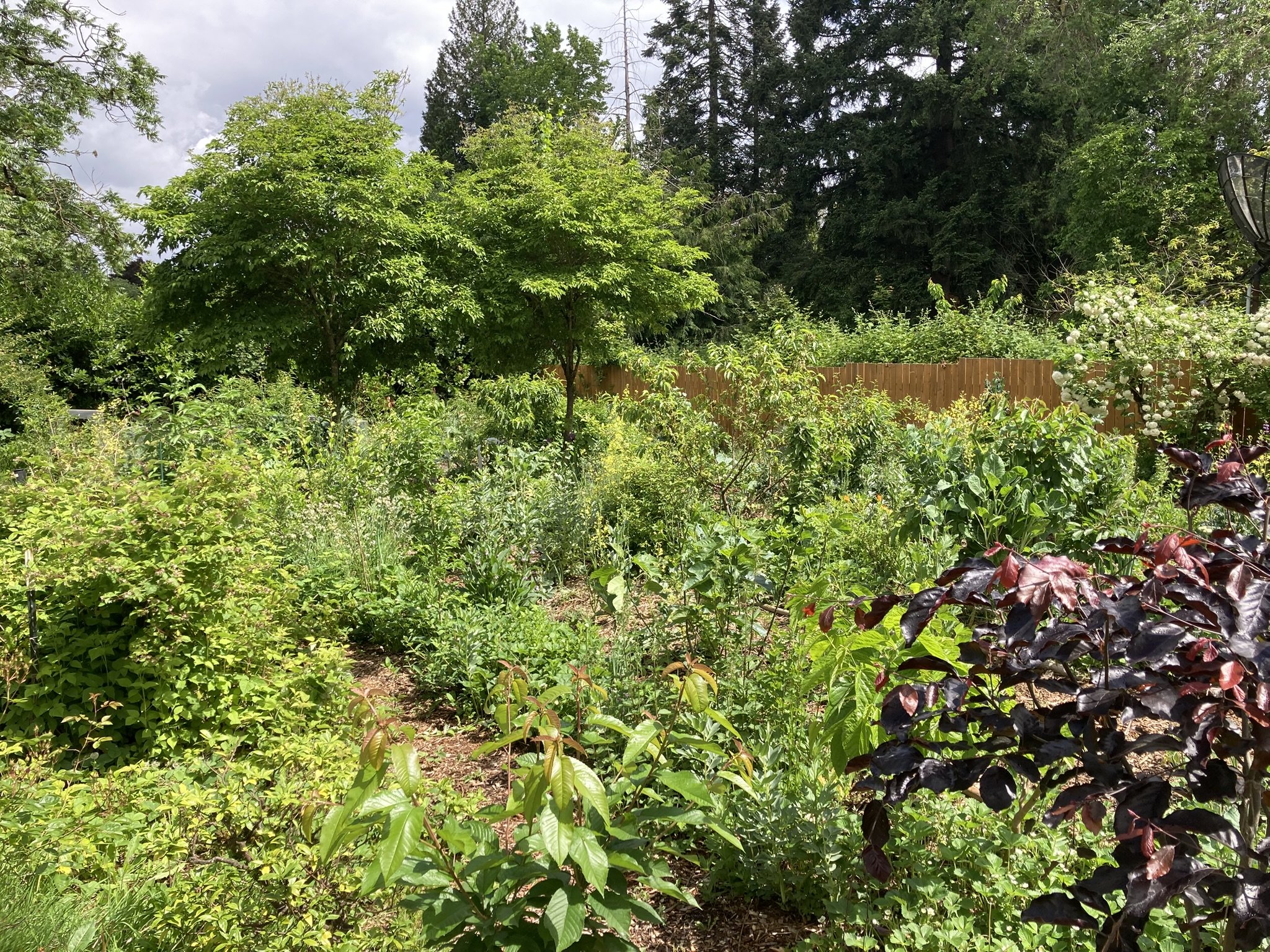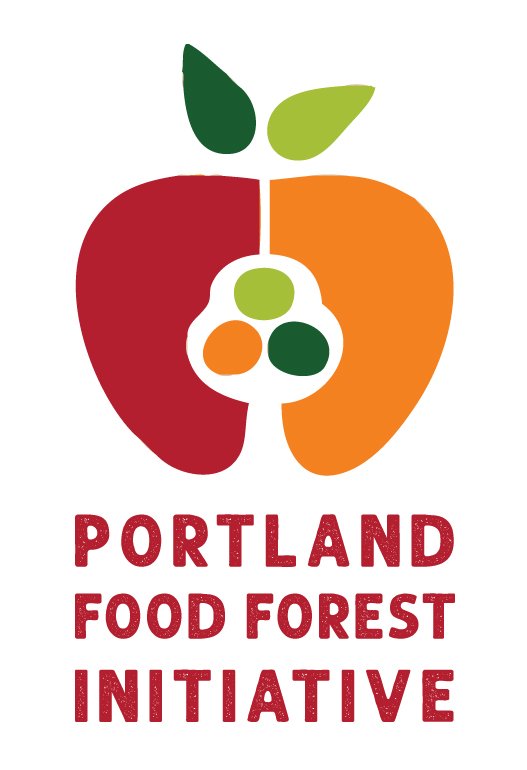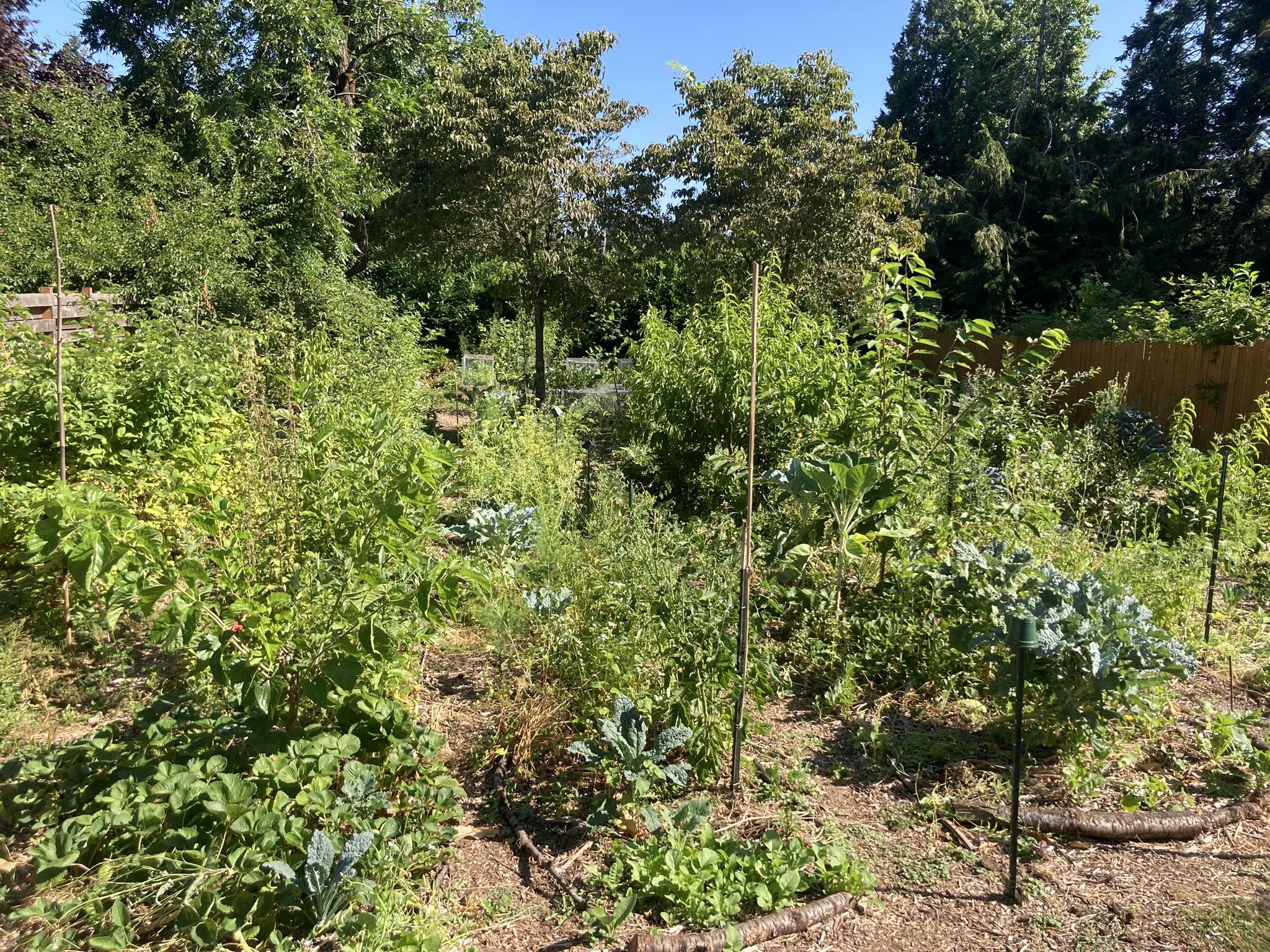
What is a food forest?
A food forest is a designed system that mimics the structure and functions of a natural forest ecosystem while primarily focusing on food production. key principles and characteristics of a food forest include:
Multi-layered Perennial Polyculture: Food forests consist of different layers of plants, such as tall canopy trees, smaller trees and shrubs, herbaceous plants, ground covers, vines, and root crops. This multi-layered approach maximizes space and resources, allowing for diverse plant species to grow together, creating a sustainable ecosystem.
Produces Various Resources: Apart from food, food forests yield a variety of resources including medicinal plants, fibers, and materials for crafts. Additionally, they enhance the landscape's beauty and provide habitat for wildlife, including pollinators.
Sustainable Land Management: They are managed by humans but utilize natural processes and patterns to minimize the need for external inputs like chemical fertilizers or pesticides. Instead, they rely on symbiotic relationships between different plant species, nutrient cycling, and natural pest control mechanisms.
Environmental Benefits: Food forests contribute positively to the environment by building soil fertility, sequestering carbon dioxide from the atmosphere, storing rainwater, preventing soil erosion, and creating habitats for various species. These actions collectively contribute to biodiversity conservation and climate resilience.
Community and Social Benefits: Food forests often bring people together, fostering community engagement, knowledge sharing, and cooperative work efforts. They can also provide a source of locally grown and healthy food, enhancing food security in communities which has reverberating effects on the larger community.
Food forestry has been practiced for thousands of years in various cultures around the world, reflecting the wisdom of indigenous and ancestral land management practices. By emulating the structure and function of natural ecosystems, food forests offer a sustainable and regenerative approach to agriculture that supports both human needs and ecological health.
Two styles of
food forests:
Forest Garden
Syntropic Agroforestry
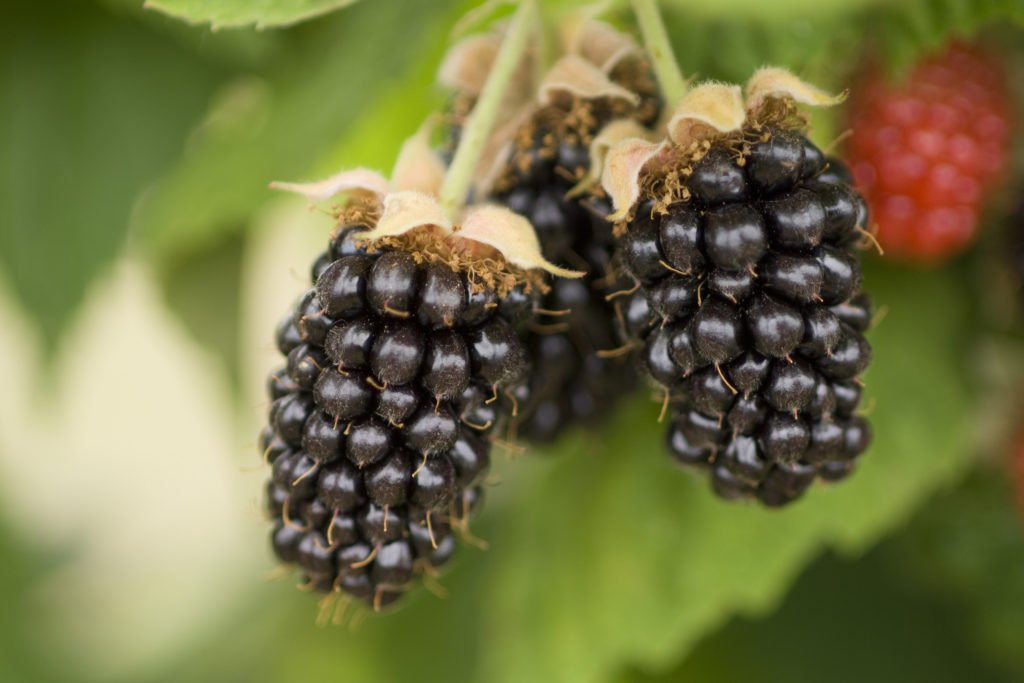

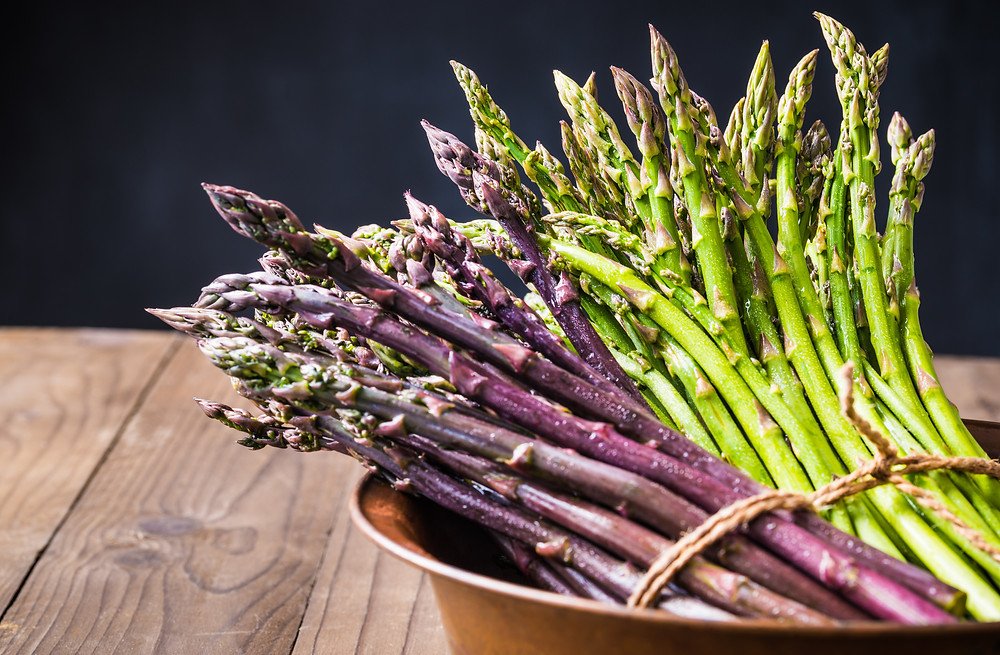
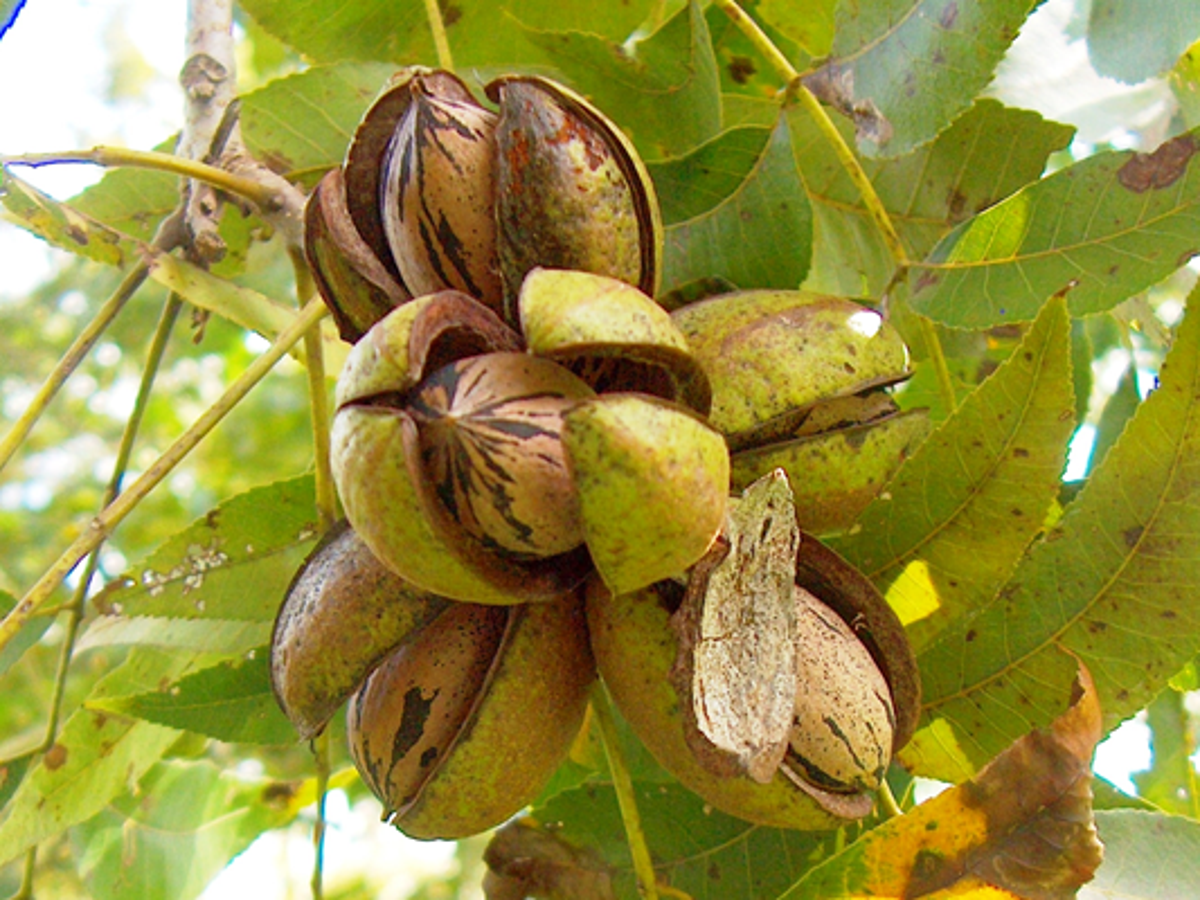
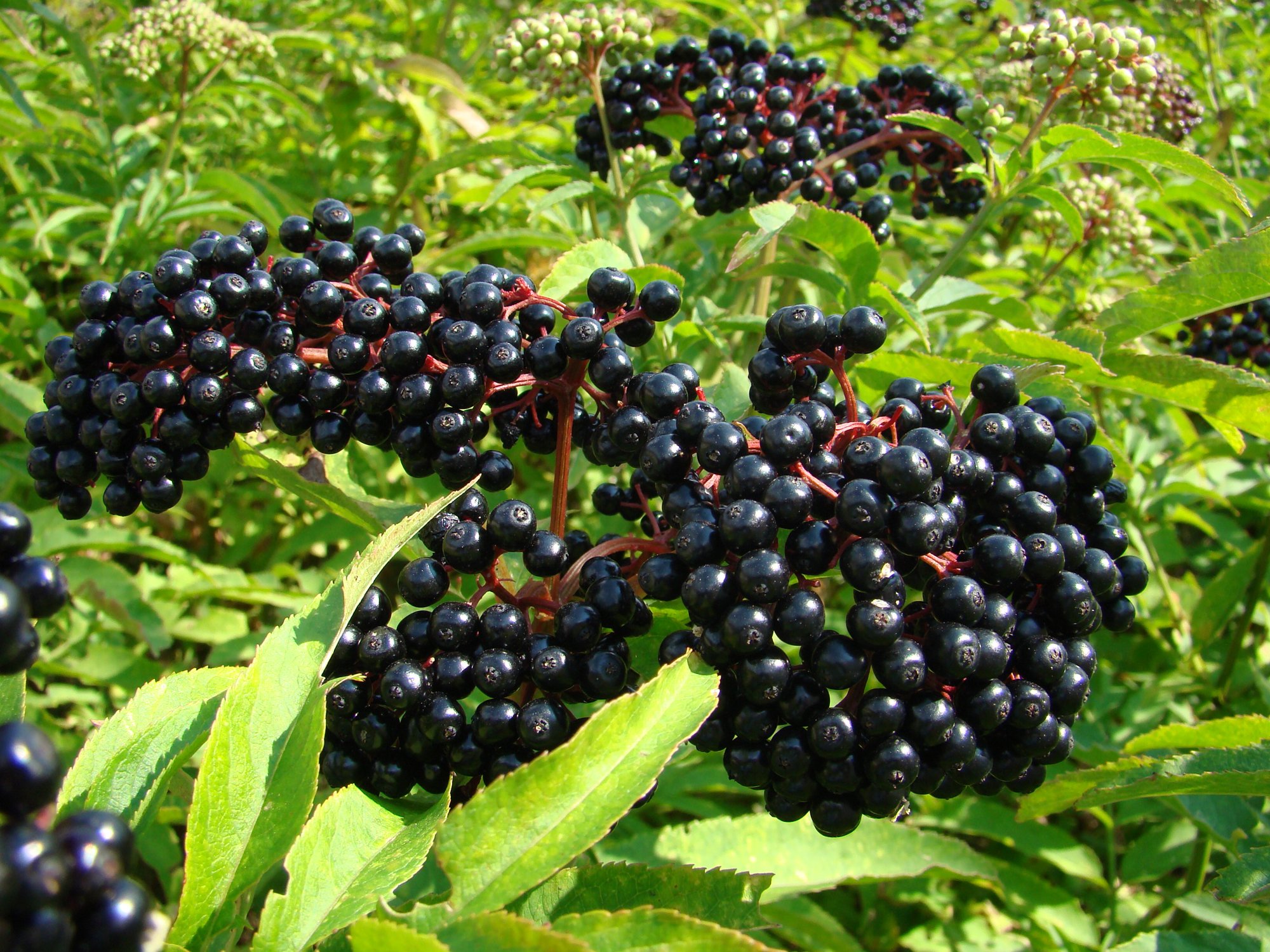
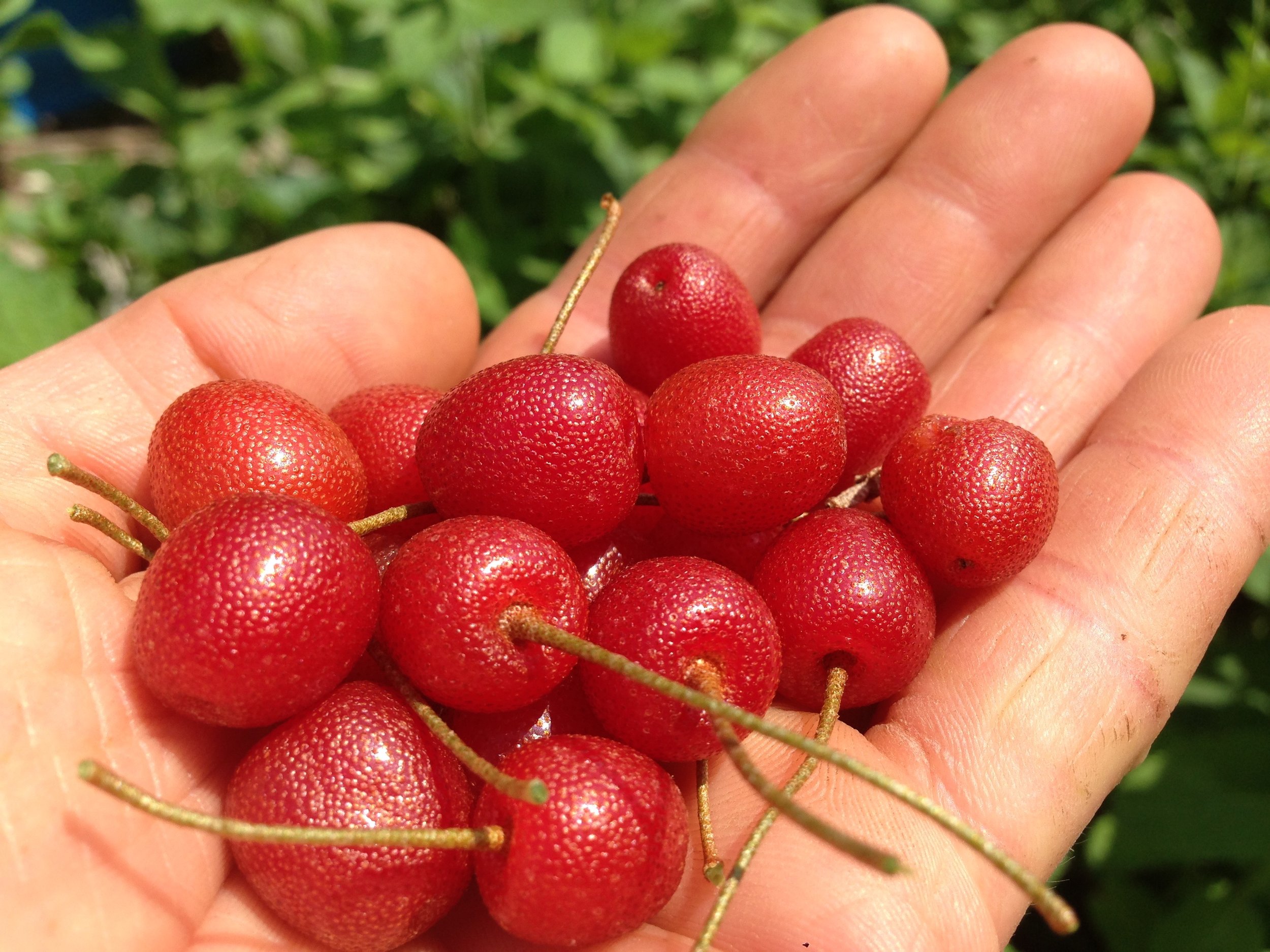

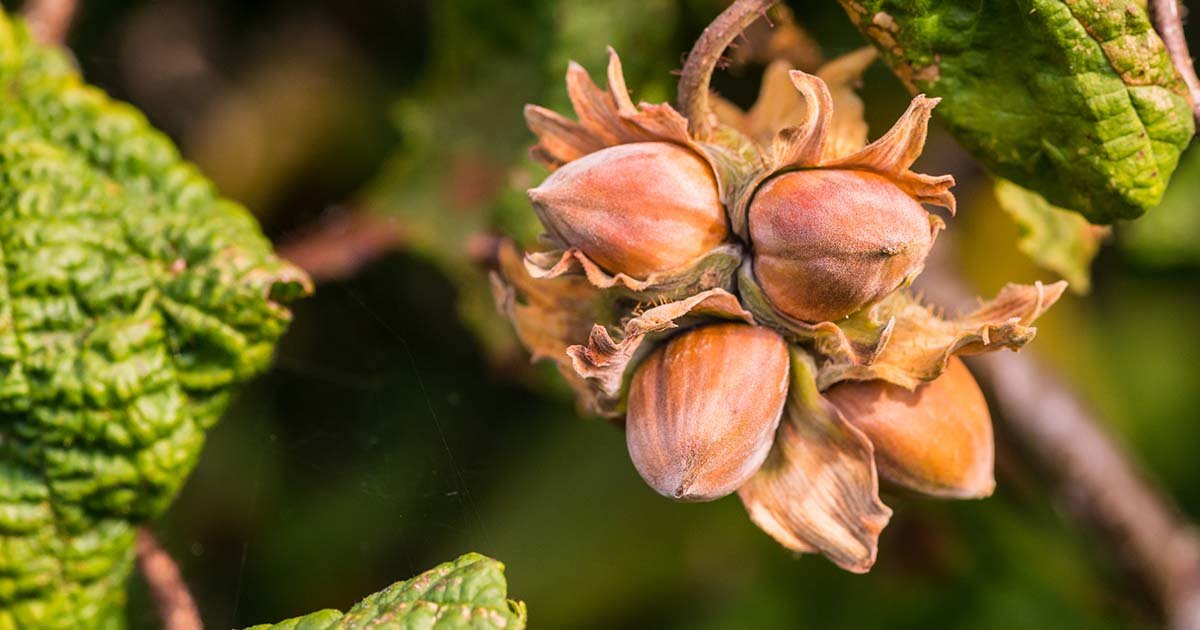
Our food forests consist of nut and fruit tree guilds, which are groups of plants coexisting symbiotically in a polyculture. Once established, they mature into seven-layer perennial ecosystems:
Canopy layer: chestnut, honey locust, English/Carpathian walnut, butternut, hickory, buartnut, pecan, timber and forage trees.
Sub-canopy layer: Almond, Apple, Apricot, cherry, cornelian cherry, fig, hazel, Medlar, mulberry, Nectarine, olive, pawpaw, peach, pear, persimmon, plum, quince, service berry, columnar apple
Shurb layer: aronia, autumn olive, blueberry, bush cherry, chilean guava, cornelian cherry, cranberry bush, currant, elderberry, goji berry, gooseberry, goumi berry, hardy kiwi, fuzzy kiwi, hazel, honeyberry, evergreen huckleberry, lavender, pineapple guava, pomegranate, rosemary, seaberry, tea.
Herbaceous and groundcover layers: strawberry, sweet potato, lingonberry, Sorrel, lovage, perennial sea kale, tree collards, horseradish, arugula, borage, asparagus, comfrey, good king henry, artichoke, nettle, mints, day lilly, plantain etc.
Vining layer: hardy kiwi berry, grapes, passion fruit, hops.
Root and Mycelial layer: Potato, sweet potato, Jerusalem Artichoke, Yacon, Onion, King Stropharia/winecap mushroom.
Nitrogen-fixers: lupine, goumi, seaberry, autumn olive, red clover, white clover, annual legumes (fava, pea, pole beans, vetch, etc.)
You can have your own food forest!
Request a consultation on site and take the first steps in creating a forest garden to feed your family.
